18 Red Flags At Mexican Restaurants That Scream ‘Stay Away And Try Something Else’
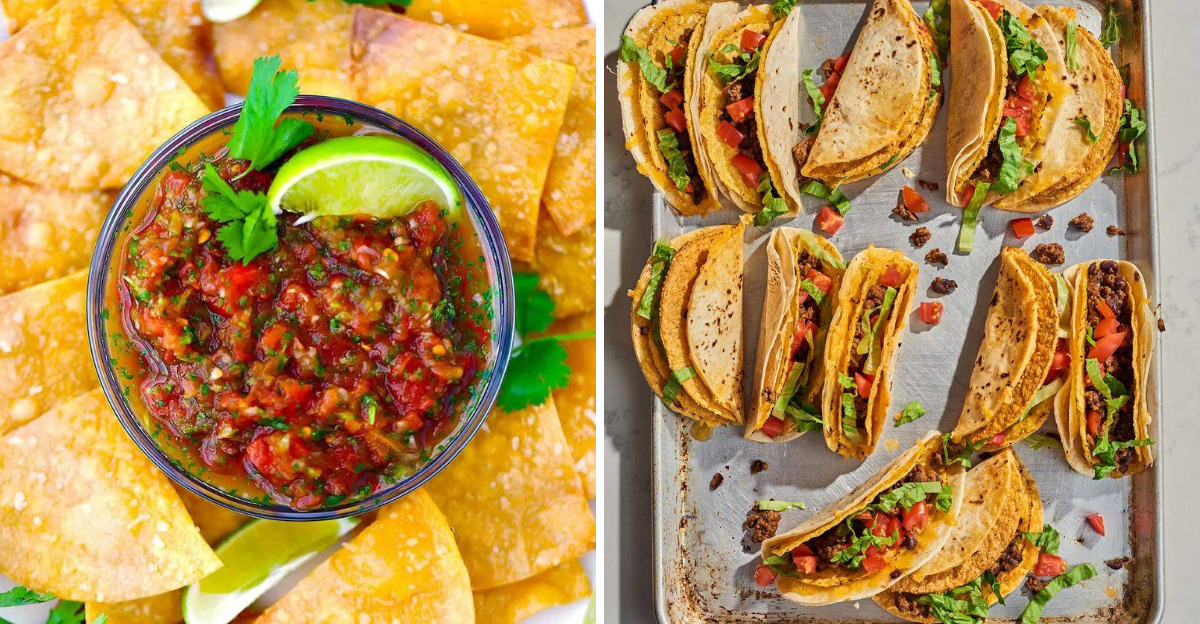
Here are 18 red flags at Mexican restaurants that suggest you might want to steer clear—or at least adjust your expectations. These signs often indicate inauthentic flavors, poor ingredient quality, or an underwhelming dining experience.
1. The chips and salsa aren’t complimentary
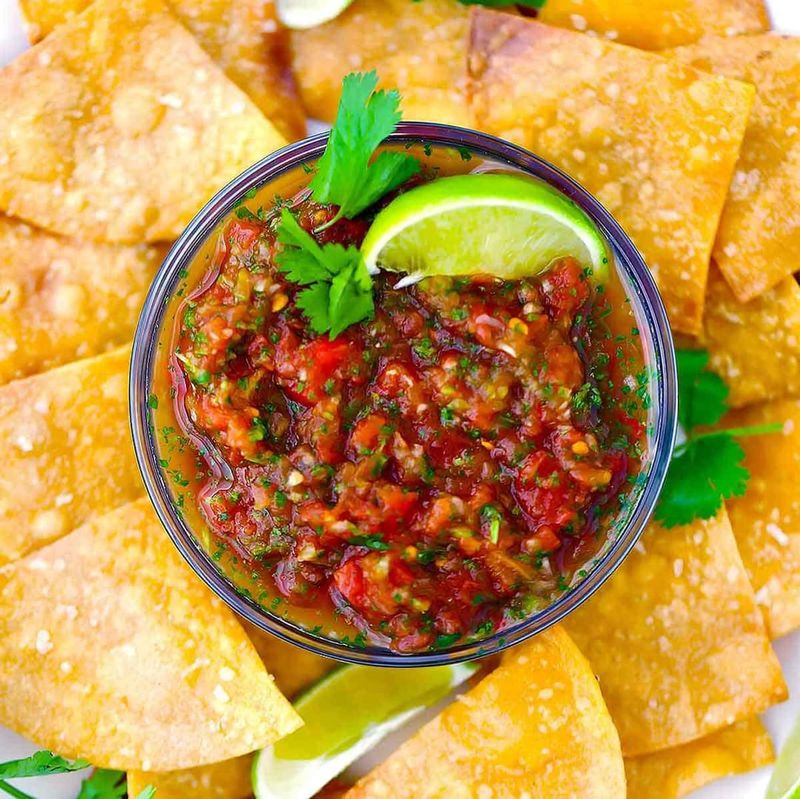
In many authentic Mexican restaurants, complimentary chips and salsa are a welcoming tradition. When a restaurant charges for them or skips serving them altogether, it may not value the authentic dining experience. You might expect to wait for something that should be instantly served.
This can also suggest a focus on maximizing profit rather than providing a warm, inviting atmosphere. Consider this a hint that other corners might be cut, potentially affecting the quality of your meal.
A free starter is not only a nice gesture; it’s a hallmark of genuine hospitality in Mexican cuisine.
2. The salsa tastes like jarred grocery store salsa
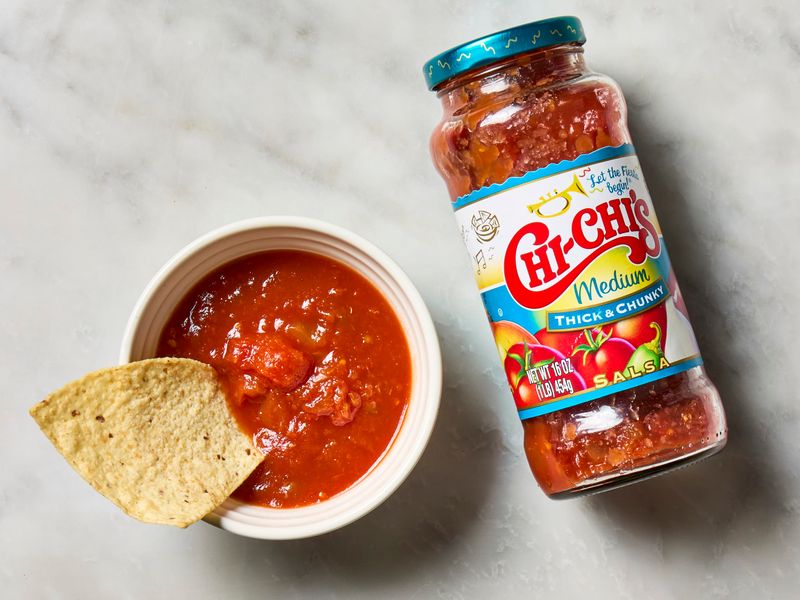
Salsa should burst with fresh flavors, offering a lively mix of tomatoes, onions, and chilies. If it tastes like it came straight from a jar, overly sweet, or bland, it likely lacks authenticity and love.
This can be a tell-tale sign that the kitchen relies on pre-made products instead of crafting dishes from scratch. An essential component of Mexican dining, salsa sets the tone for the rest of the meal.
Without this fresh, vibrant start, the remaining dishes might follow in lackluster fashion. Always trust your taste buds when the salsa seems off.
3. All the dishes come smothered in cheese
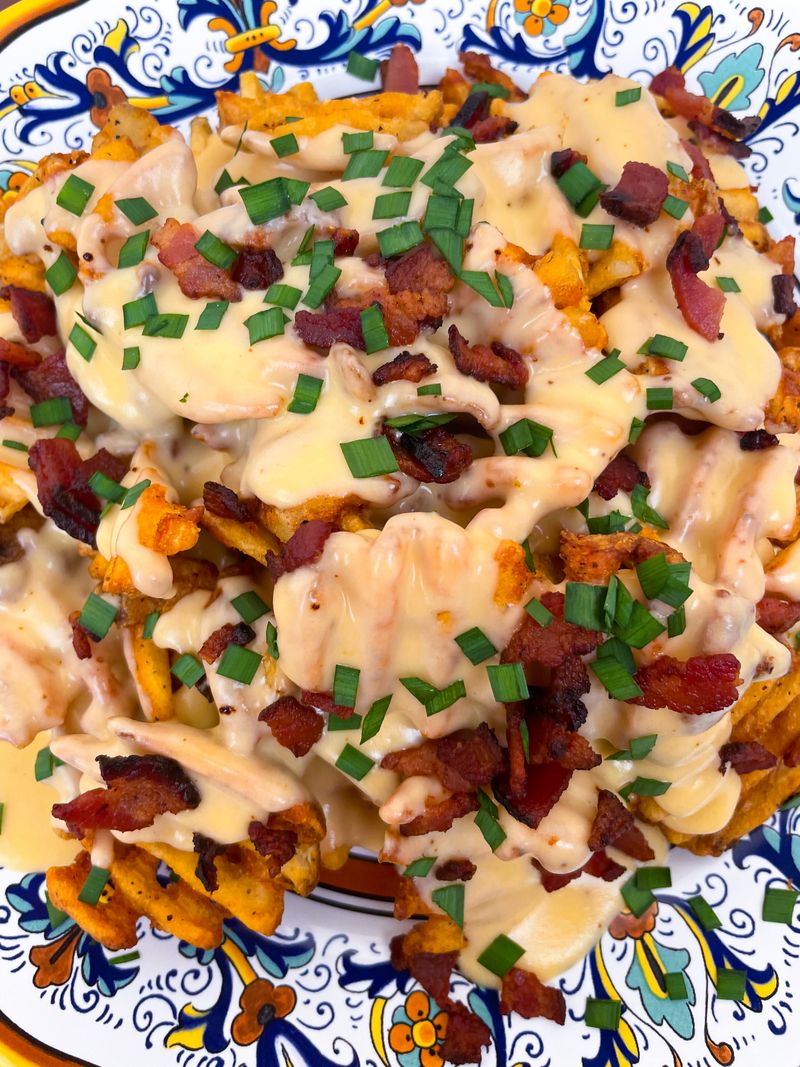
While cheese is a beloved ingredient in Mexican cuisine, excessive amounts can overshadow other flavors. When every dish arrives buried beneath a blanket of cheese, it may cater more to Americanized tastes rather than traditional ones.
Authentic Mexican dishes use cheese to complement, not dominate, allowing spices, herbs, and textures to shine. This excessive use might indicate a lack of creativity or understanding of the cuisine.
A balance of flavors is crucial, and too much cheese often hints at a kitchen taking the easy route. Seek places that celebrate subtlety instead.
4. The “guacamole” comes out of a squeeze bottle
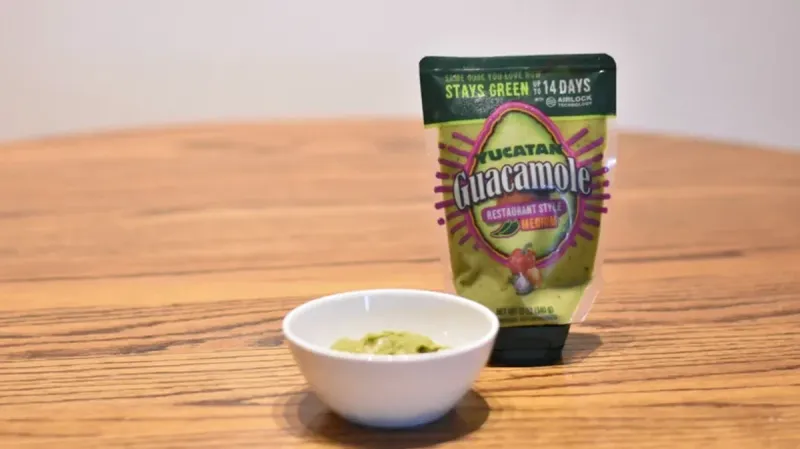
Guacamole should be a fresh, chunky delight, showcasing ripe avocados, lime, and cilantro. When it appears from a squeeze bottle, it signals a downgrade in quality and authenticity.
Such pre-packaged products often lack the vibrant taste and texture that define genuine guacamole. This shortcut indicates a probable lapse in freshness across other menu items, too.
Opt for establishments that prepare guacamole in-house, ensuring every scoop is a creamy, flavorful experience. A squeeze bottle is never a good sign; go for the real deal instead!
5. The menu includes hard-shell tacos as the main option
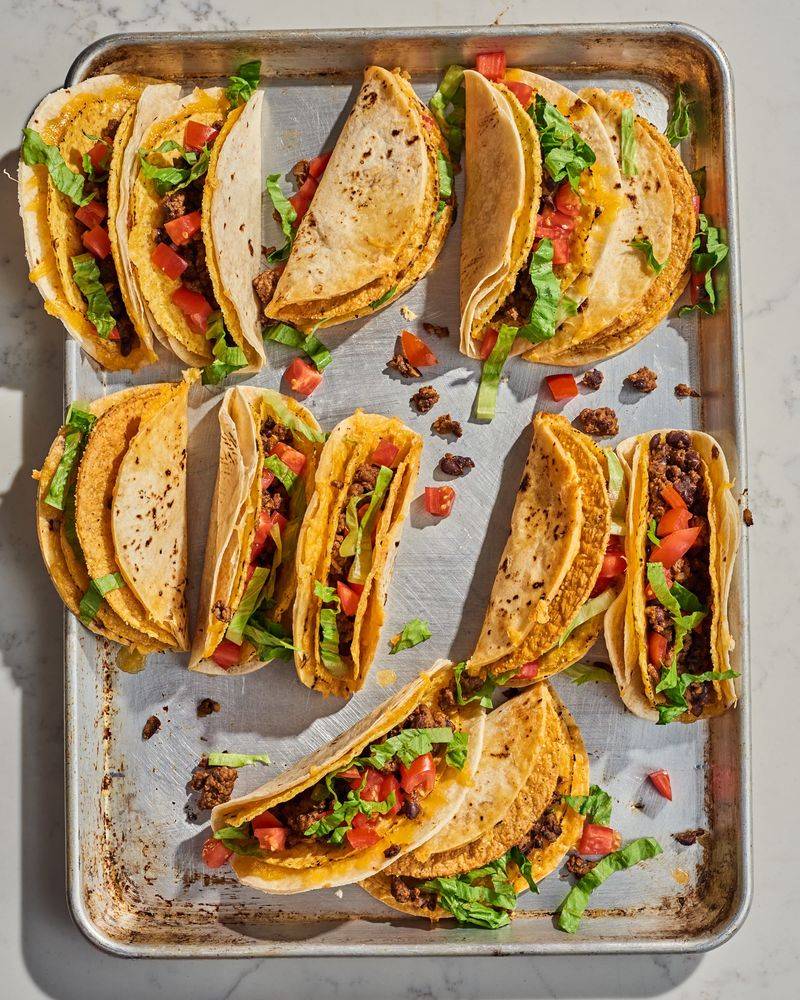
Hard-shell tacos are often more reflective of Tex-Mex or fast food than authentic Mexican cuisine. When a menu leans heavily on them as the main taco offering, it suggests a departure from traditional culinary roots.
In real Mexican dining, soft corn tortillas cradle delicious fillings like seasoned meats, onions, and cilantro. This choice emphasizes freshness and authenticity.
While hard shells have their place, they shouldn’t overshadow the traditional soft taco experience. Opt for spots where soft corn tortillas are celebrated, offering a true taste of Mexico.
6. There are more fajitas than tacos or tamales on the menu
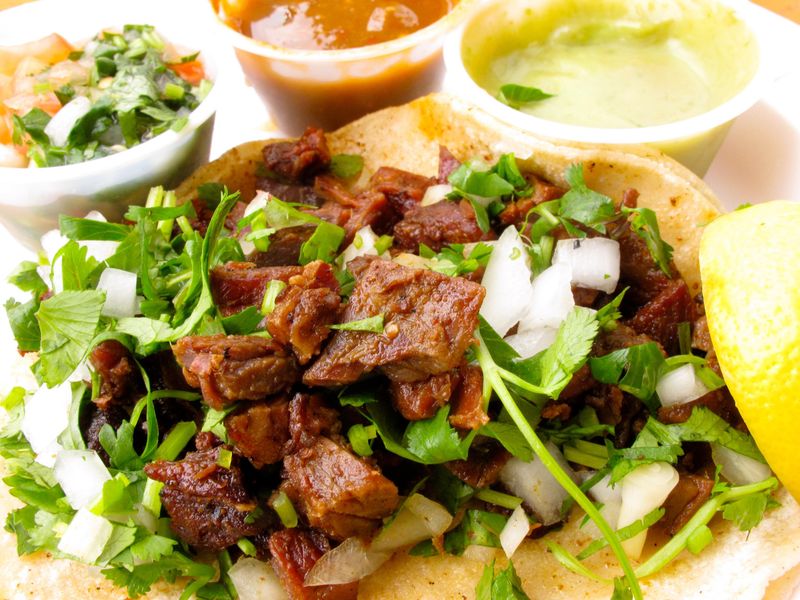
While delicious, fajitas are more of a Tex-Mex favorite than a Mexican staple. When a menu showcases more fajitas than traditional items like tacos, tamales, or enchiladas, it might cater to Americanized tastes.
This can hint at a lack of depth in the culinary offerings and a missed opportunity to explore Mexico’s rich tapestry of flavors. Authentic menus often feature regional specialties that tell stories of tradition.
Seek places where tacos and tamales take center stage, offering an authentic dive into Mexico’s diverse culinary heritage.
7. The rice is dry or overly orange
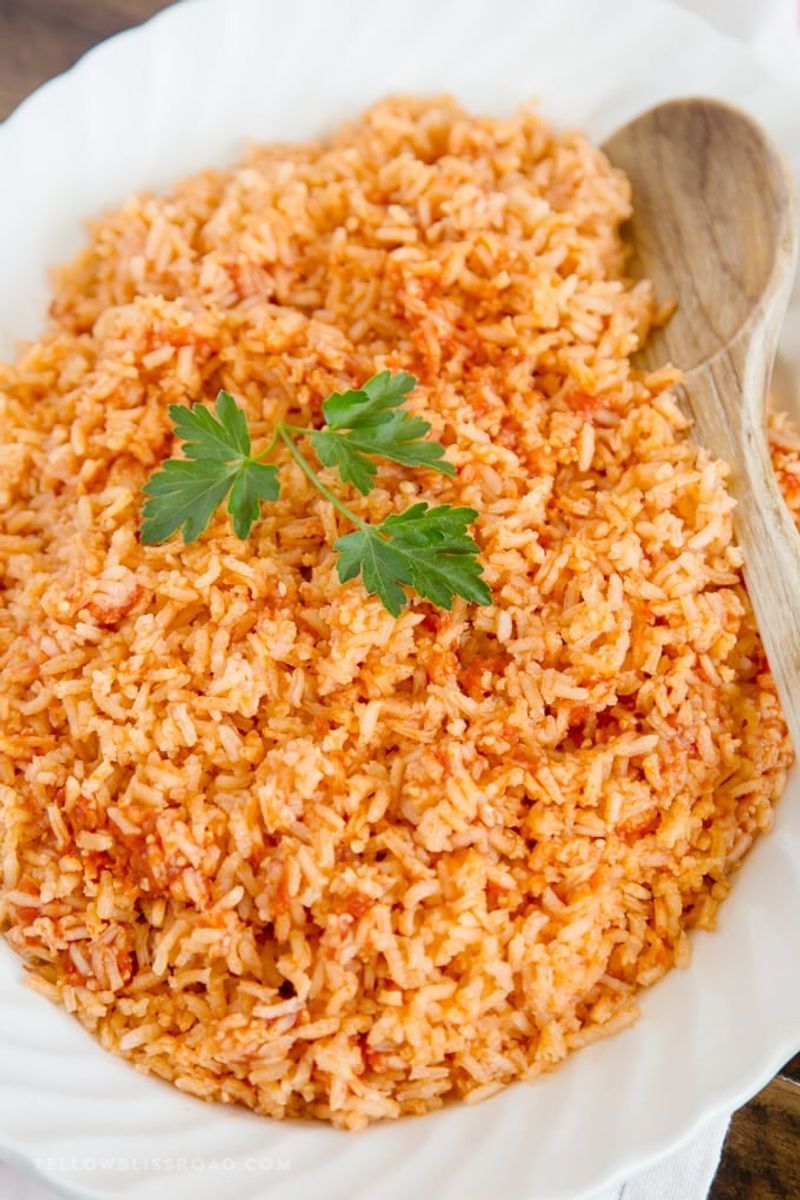
Authentic Mexican rice should be soft, fluffy, and packed with flavor—not dry or neon orange. When rice arrives looking overly colored or tastes bland, it suggests shortcuts in preparation.
Real Mexican rice is a careful blend of tomatoes, onions, garlic, and spices, creating a rich, satisfying side dish. Anything less signals a potential lack of care in the kitchen.
This side should complement the main dishes beautifully, adding depth and texture. If the rice falls short, it might hint at a broader issue with quality and authenticity.
8. Beans are watery or flavorless
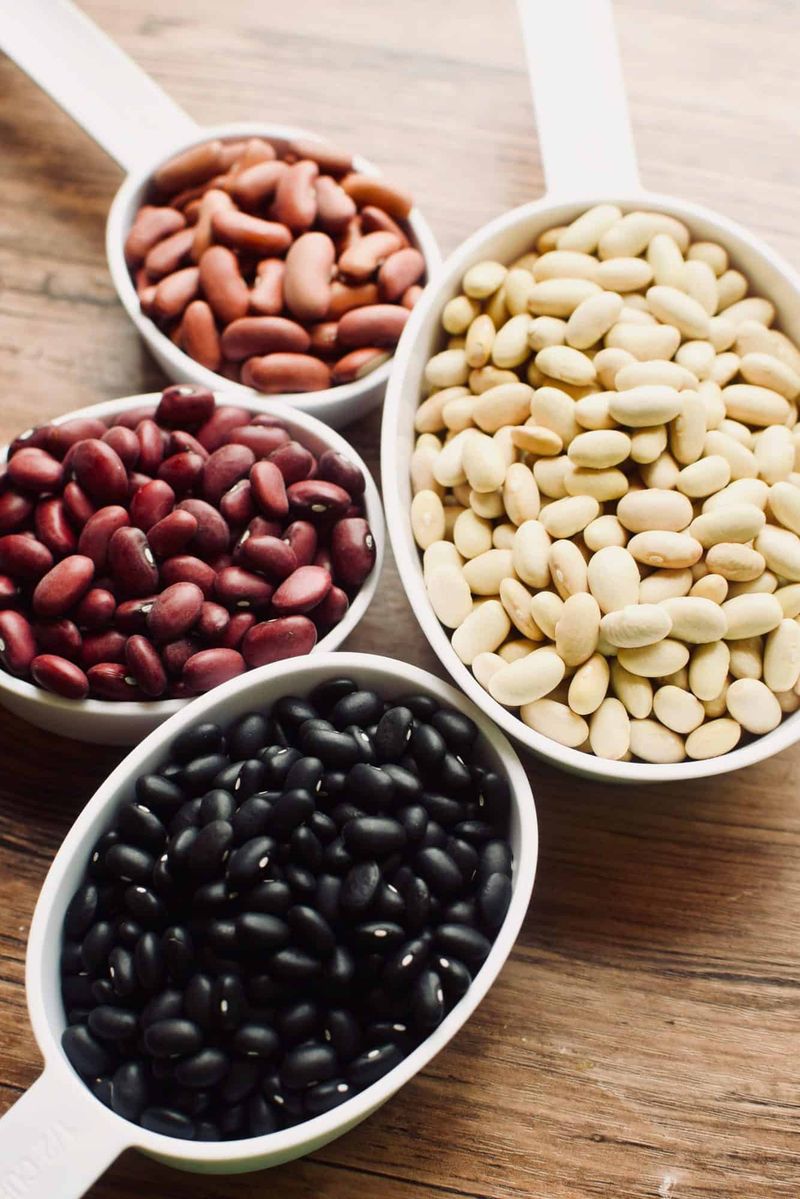
Whether refried or whole, beans are a cornerstone of Mexican cuisine. When they arrive watery or devoid of flavor, it’s a red flag.
Authentic beans should be slow-cooked with spices and sometimes lard, resulting in a creamy, flavorful accompaniment to any dish. Bland beans suggest a lack of attention to traditional cooking methods.
Without this essential depth of flavor, the entire meal can feel flat. Choose places where beans are treated as the flavorful staples they truly are, enhancing every bite.
9. No sign of corn tortillas
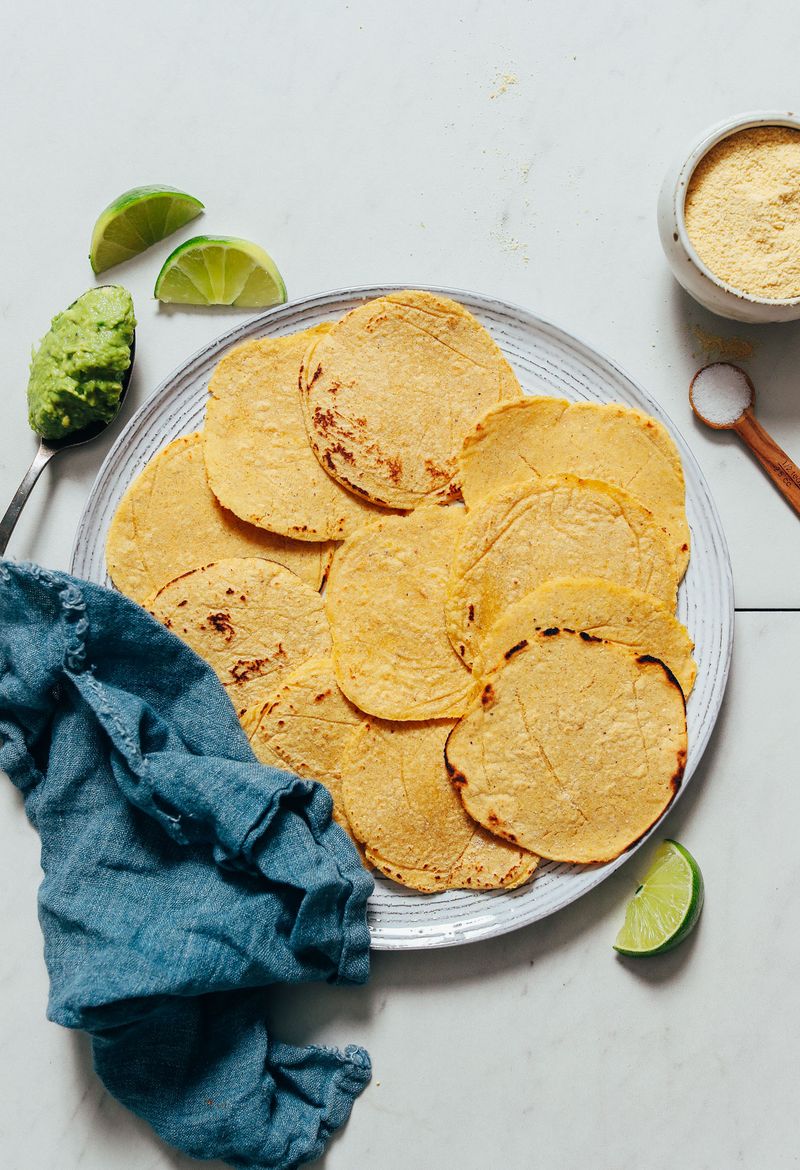
Corn tortillas are fundamental to Mexican cuisine, bringing an earthy, authentic touch to dishes. Their absence from a menu can be a warning sign of inauthentic offerings.
Flour tortillas have their place, but they shouldn’t overshadow the traditional corn variety. Without them, you might miss out on that unmistakable flavor and texture.
Look for restaurants that respect this staple, using corn tortillas in tacos, enchiladas, and more. Their presence speaks volumes about a commitment to genuine Mexican flavors.
10. Tacos are overstuffed with lettuce and shredded cheese
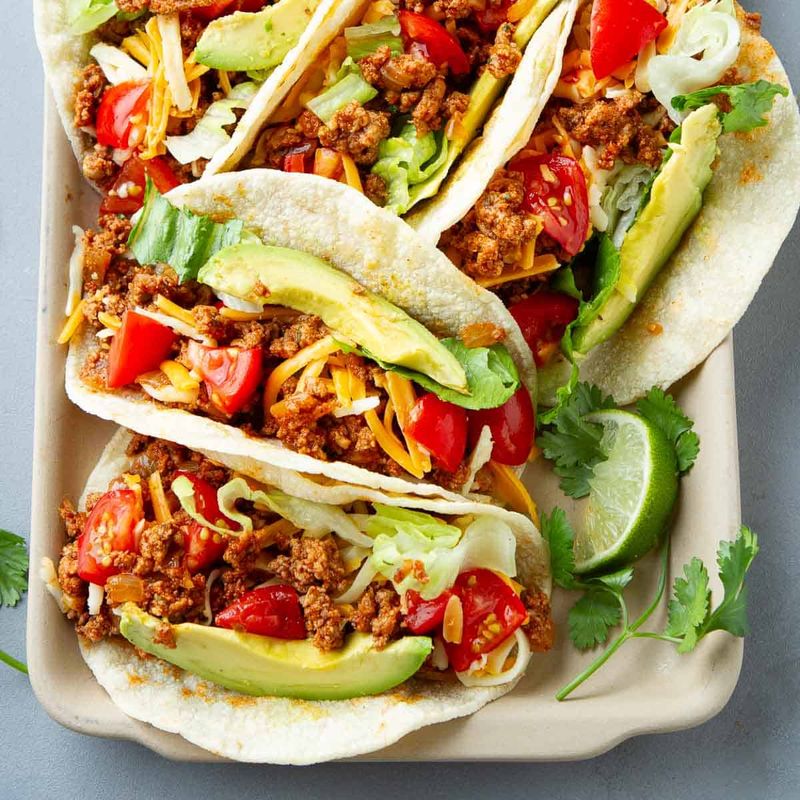
A proper Mexican taco is a study in simplicity, featuring quality meat, onions, cilantro, and a squeeze of lime. Overstuffing with lettuce and shredded cheese can mask these flavors, leaning more towards an Americanized version.
This approach can dilute the authentic taco experience, transforming it into something far removed from its roots. Tradition favors quality over quantity, letting each ingredient shine.
For a genuine taste, seek tacos that embrace this simplicity, focusing on fresh and flavorful components without unnecessary embellishments.
11. The margaritas are overly sweet or neon green
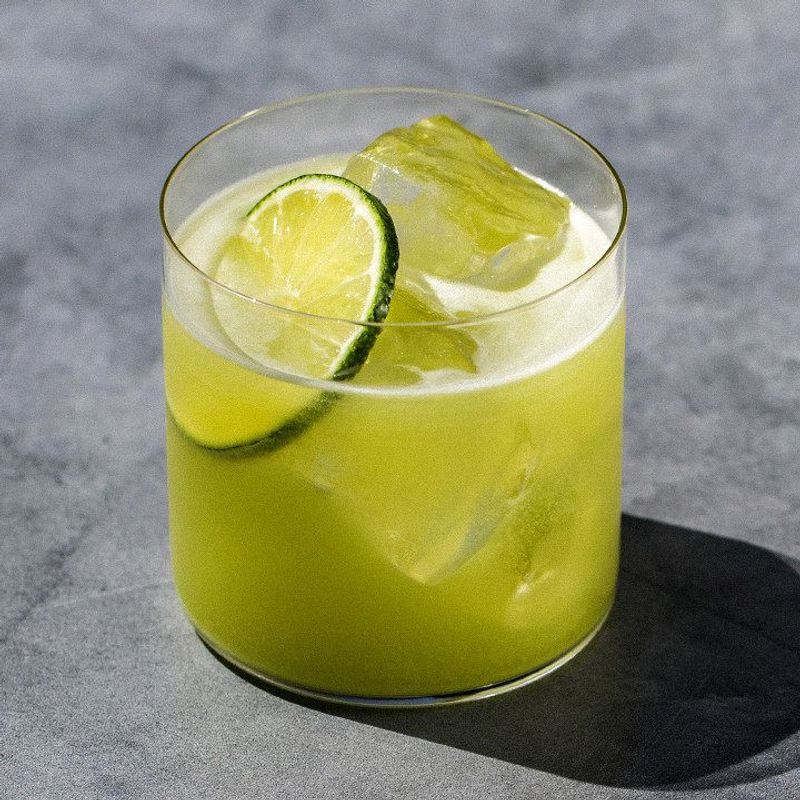
A margarita should be a refreshing blend of tequila, fresh lime juice, and a hint of sweetness—not an overly sweet or neon-colored concoction. When a cocktail arrives more like candy than a classic drink, it’s a red flag.
Such artificial flavors and colors can indicate a reliance on pre-made mixes, taking away the fresh, citrusy essence that defines a good margarita. This shortcut often reflects a broader lack of quality in the bar area.
For an authentic experience, look for places that offer margaritas made with real ingredients and genuine craftsmanship.
12. The menu lists “Mexican pizza” as a featured item
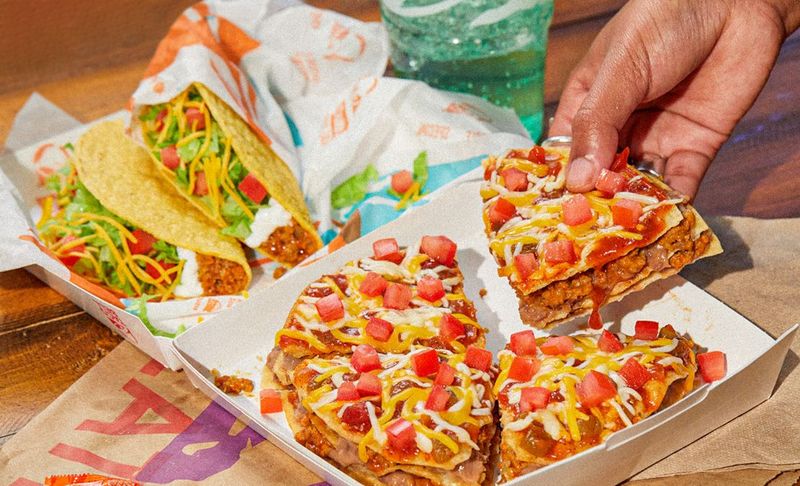
Mexican pizza might be a fun, fusion dish, but if it’s a menu staple, it could suggest a restaurant that’s more gimmick than genuine. Traditional Mexican cuisine celebrates dishes rooted in history and culture, not novelty items.
Featuring such a dish prominently can indicate a focus on Americanized interpretations rather than authentic offerings. It’s a playful addition at best but shouldn’t overshadow true Mexican classics.
Seek establishments that prioritize tradition, offering dishes that celebrate Mexico’s rich culinary heritage over novelty items.
13. Every item tastes the same
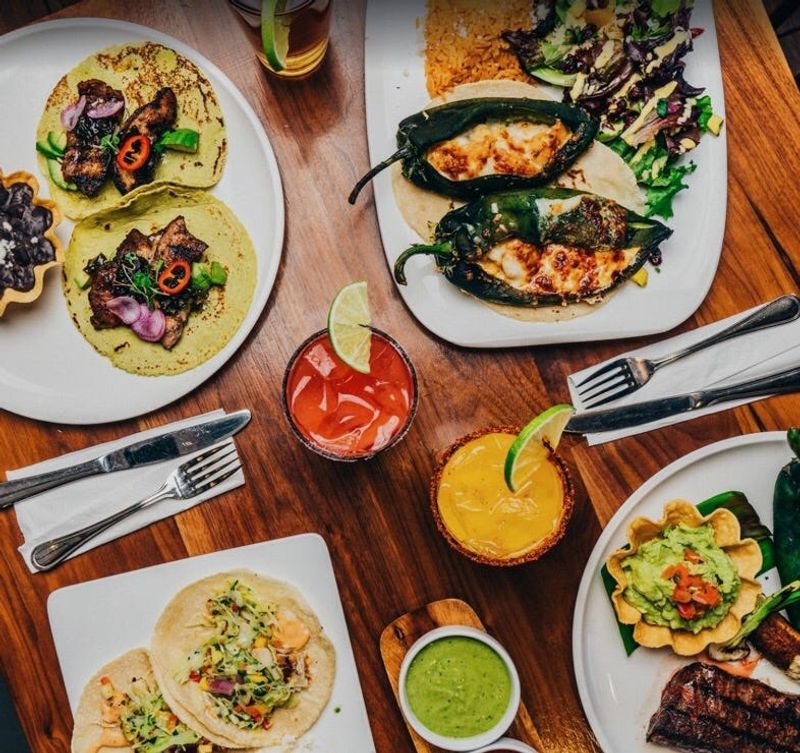
A sure sign of a lackluster restaurant is when all dishes taste alike. This usually points to a heavy reliance on the same generic sauce or seasoning, flattening the diverse flavors Mexican cuisine is known for.
Each dish should offer a unique taste, showcasing the culinary creativity and depth of Mexican cooking. When everything blends into one monotonous flavor, it’s a red flag.
Choose places where every bite tells a different story, celebrating the complexity and variety of authentic Mexican flavors.
14. The decor is more sombrero kitsch than regional charm
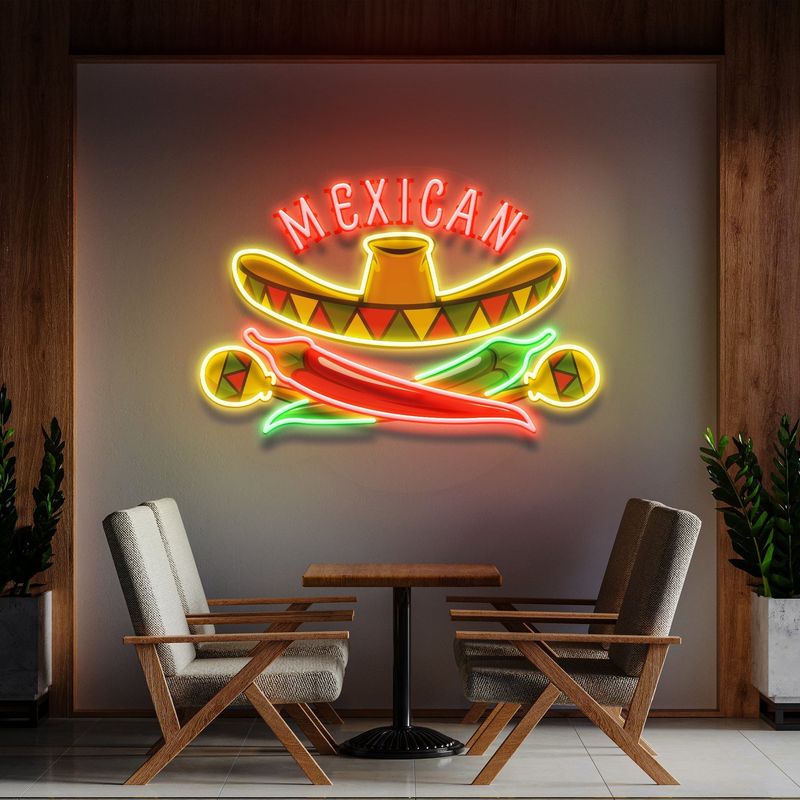
Bright colors and festive decor are part of Mexican culture, but when a restaurant leans more into clichéd sombreros and neon lights, it might reflect a superficial approach to authenticity.
True regional charm celebrates the subtleties of Mexican design, from handcrafted art to traditional textiles. An overwhelming focus on kitschy decor can indicate the food might follow suit.
Seek venues that respect cultural authenticity, offering an environment that complements the genuine flavors of their cuisine.
15. They serve “taco salad” in a fried shell bowl
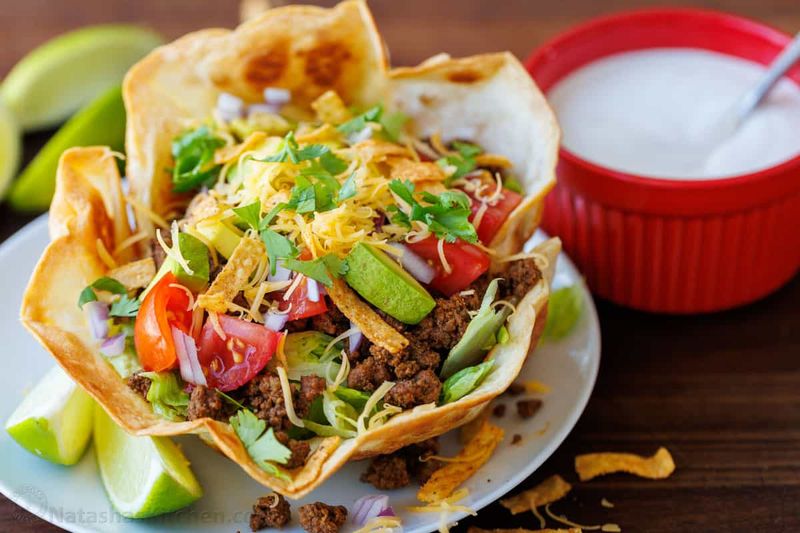
While a taco salad can be delicious, when it’s served in a fried shell bowl, it often signals a Tex-Mex focus. This presentation leans more towards Americanized tastes rather than Mexican authenticity.
Traditional Mexican salads emphasize fresh, vibrant ingredients without the need for gimmicky presentations. A fried shell bowl can overshadow these flavors, turning a dish into a novelty act.
For a genuine experience, opt for menus that highlight fresh, authentic components, steering clear of overly Americanized presentations.
16. You never see fresh herbs like cilantro or epazote
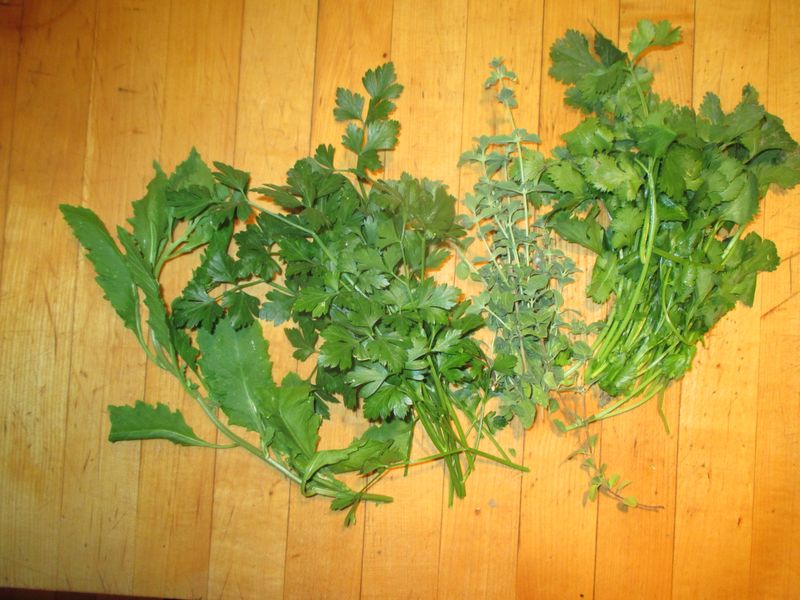
Fresh herbs like cilantro and epazote are essential for bringing vibrant, authentic flavors to Mexican dishes. Their absence from a meal can suggest a lack of depth or corner-cutting in flavor building.
These herbs provide a fresh lift and complexity, transforming a dish from ordinary to exceptional. Without them, flavors might fall flat, lacking the traditional zest that characterizes Mexican cuisine.
Choose restaurants where these fresh, aromatic elements are celebrated, ensuring each dish brings the true essence of Mexican flavors to life.
17. The tortillas come from a package instead of being made or warmed in-house
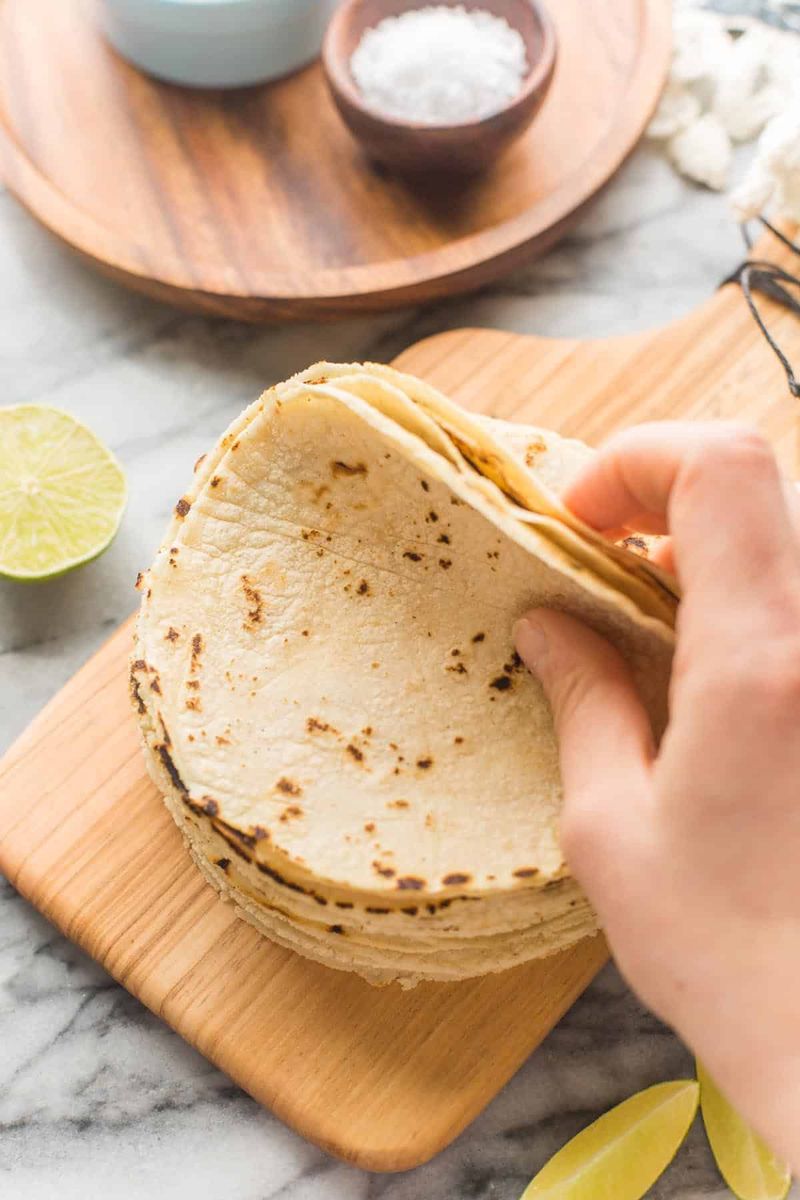
Tortillas are the heart of many Mexican meals, and when they come from a package, it can be disappointing. Freshly made or at least warmed in-house, tortillas provide an authentic, comforting experience.
Packaged tortillas often lack the warmth and texture that elevate a dish. This shortcut can indicate broader quality issues, where convenience trumps tradition.
Look for places that proudly make or warm their tortillas in-house, offering a genuine taste of Mexico that celebrates the food’s integral components.
18. There are no regional dishes from Mexico
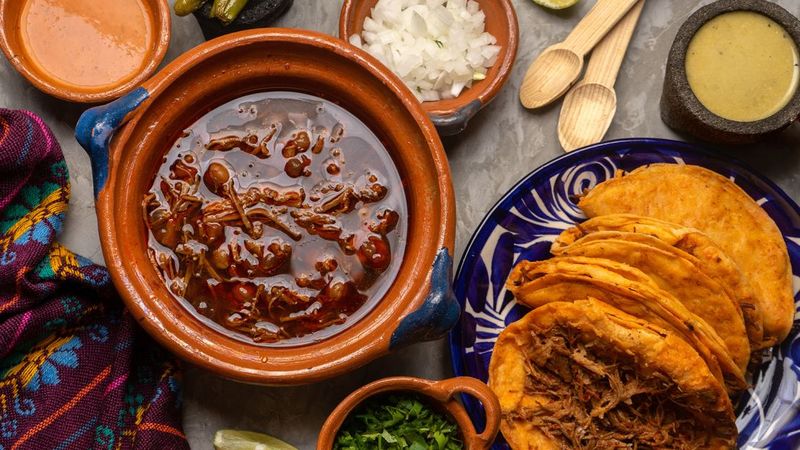
A truly authentic Mexican restaurant celebrates regional specialties like mole from Oaxaca or barbacoa from Jalisco. If a menu lacks these unique offerings, it might lean more towards a fast-casual approach than genuine tradition.
These regional dishes tell stories of history and cultural richness, offering a deeper dive into Mexico’s culinary landscape. Their absence can indicate a missed opportunity to showcase authentic flavors.
For a complete experience, seek places that proudly present these regional delights, ensuring a meal that honors Mexico’s diverse culinary heritage.
